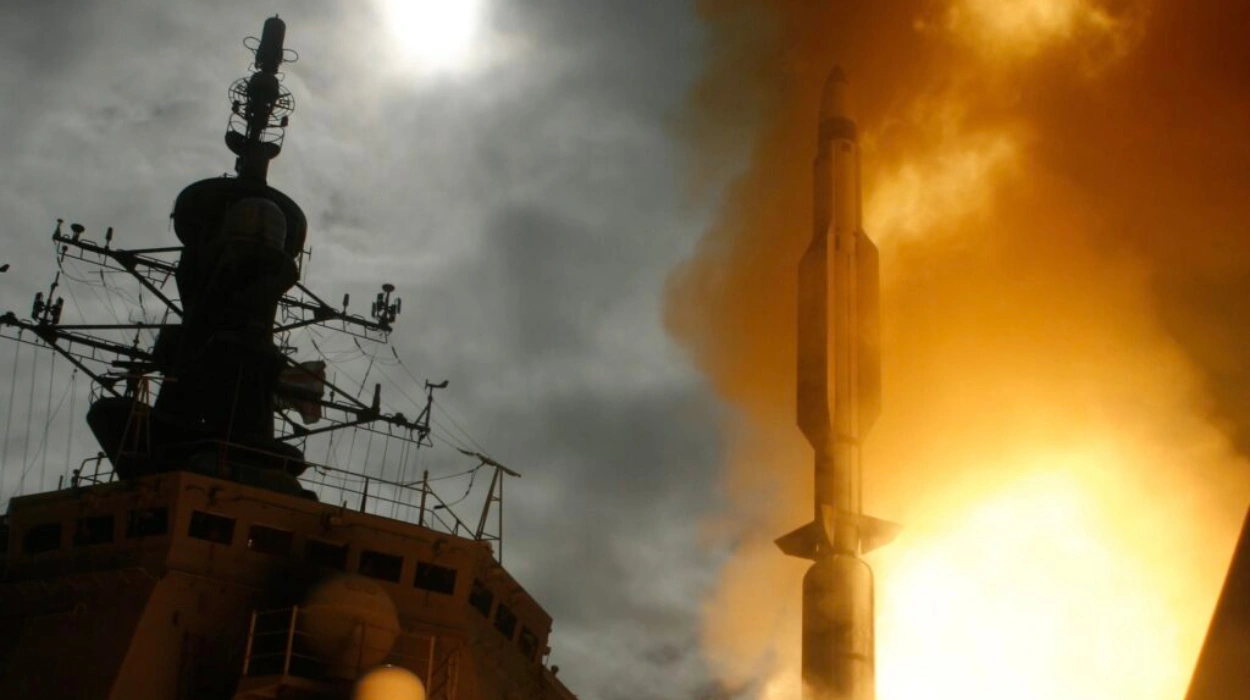China (Transatlantic Today) – As tensions rise in the Indo-Pacific, the United States faces a critical challenge—the risk of exhausting its munitions in a prolonged conflict with China. The Partnership for Indo-Pacific Industrial Resilience (PIPIR), launched in June 2024, could be the answer to ensuring sustained military readiness.
The Threat: A War of Attrition Against China
China’s People’s Liberation Army (PLA) has invested heavily in long-range strike capabilities, posing a serious threat to US and allied forces. The biggest risk for the US in a war is sustainment—replacing expended munitions and weapons systems quickly enough to remain combat-effective.
Recent US operations have highlighted this vulnerability. For example:
- The US Navy depleted a significant portion of its global stockpile of SM-3 interceptors during missile defense operations in October.
- US defense production struggles to keep pace, with key missiles like advanced SM-3 variants being produced at a rate of just a dozen per year.
Enter PIPIR: A Multinational Defense Initiative
PIPIR is designed to enhance defense industrial resilience across the Indo-Pacific by:
- Pooling resources among allies to ensure faster resupply in wartime.
- Expanding co-production of critical military hardware, such as:
- Artillery (South Korea)
- Missiles & Rockets (Australia)
- Hypersonic Interceptors (Japan)
- Drones (Taiwan)
- Integrating regional supply chains to overcome the Pacific’s logistical challenges.
Avoiding the “Tyranny of Distance”
A major US weakness in the Indo-Pacific is logistics—resupplying forces across vast distances. Pre-positioned stockpiles are not enough, as they are:
- Limited in size and can’t sustain a prolonged conflict.
- Vulnerable to Chinese missile strikes in a war.
By co-producing weapons in the region, PIPIR could reduce delivery times from weeks to days, helping offset China’s anti-access/area-denial (A2/AD) strategy.
Key Steps for PIPIR’s Success
To maximize its impact, PIPIR should focus on:
- Assessing Defense Production Capacity – Identifying which allies have surplus production and where investments are needed.
- Standardizing Critical Weapon Systems – Emulating NATO’s standardization agreements to ensure interoperability.
- Securing Commitments for Wartime Supply – Establishing binding agreements among allies to guarantee continued arms production and resupply during crises.
Conclusion: A New Model for Allied Defense Cooperation
While still in its early stages, PIPIR has the potential to transform US-led defense cooperation in the Indo-Pacific. With China’s military modernizing rapidly, ensuring supply chain resilience and wartime sustainment will be crucial in deterring conflict and protecting US interests.


























